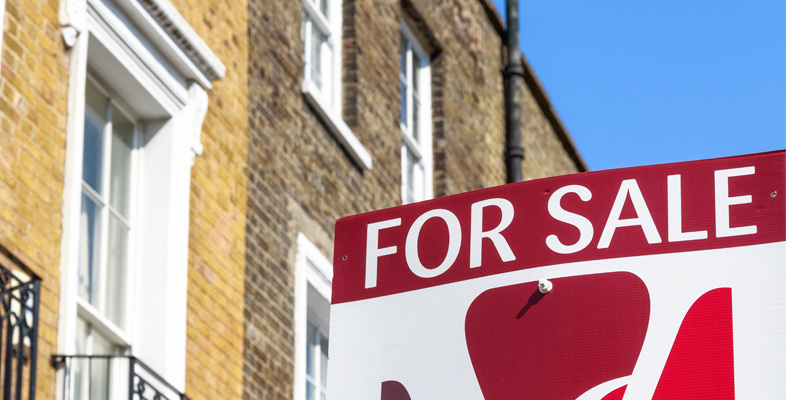4.5 A detailed example: after the purchase
Now look at what happens to Meiling’s balance sheet when she buys the home.
Activity 13 Home buying and the balance sheet
Recall that Meiling buys a house costing £141,500 and takes out a mortgage of £100,000. She pays the £41,500 deposit out of her savings account. All the remaining money in the savings account is used up on the up-front costs of buying the home.
- Starting with the entries you made into the Balance sheet analyser in Activity 12, adjust them for the new information described above. Select ‘Reveal answer’ to check your entries are correct.
Discussion
| Assets | |
|---|---|
| Liquid assets | |
| Cash | 0 |
| Current/Deposit account | 2,500 |
| Instant access savings account(s) | 0 |
| Debts owed to you and repayable within one year | 0 |
| Total liquid assets | 2,500 |
| Other assets | |
|---|---|
| Savings account(s) (locked in for one year or more) | 0 |
| Gilts and corporate bonds | 0 |
| Investment funds other than savings invested in bonds | 0 |
| Shares | 3,500 |
| Investment funds other than savings invested in shares | 0 |
| Home | 141,500 |
| Other land and buildings | 0 |
| Investment funds other than savings invested in property | 0 |
| Collectables (e.g. antiques, paintings) | 7,000 |
| Debts owed to you and not repayable within one year | 0 |
| Other financial assets | 0 |
| Total other assets | 152,000 |
| Total assets | 154,500 |
| Short-term liabilities | |
|---|---|
| Overdraft | 0 |
| Credit card and store card debts | 1,000 |
| Household services used but as yet unbilled | 0 |
| Taxes (e.g. income tax, council tax) due but as yet unpaid | 0 |
| Other debts you owe and repayable within one year | 0 |
| Total short-term liabilities | 1,000 |
| Other liabilities | |
|---|---|
| Personal loans | 0 |
| Amount outstanding on hire purchase agreements | 0 |
| Mortgage | 100,000 |
| Other secured loans | 0 |
| Student loans | 6,500 |
| Other debts you owe and not repayable within one year | 0 |
| Other liabilities | 0 |
| Total other liabilities | 106,500 |
| Total liabilities | 107,500 |
- Comment on how Meiling’s financial position has changed compared to that in Activity 12.
Discussion
Meiling’s balance sheet now looks rather different. Her liabilities have increased by £100,000, the amount of the mortgage.
Her assets have also increased by a net amount of £91,500, with the home adding £141,500, while paying the deposit and home-buying costs out of savings has meant a decrease of £50,000 in them. (£141,500 – £50,000 = £91,500).
These changes have had an effect on her key balance sheet ratios, as shown in Table 11.
| Before | After | |
|---|---|---|
| Net worth / wealth | 55,500 | 47,000 |
| Current asset ratio | 52.50 | 2.50 |
| Leverage ratio | 11.90% | 69.58% |
Her financial net worth has fallen slightly because she has had to spend some of her savings on the up-front costs of buying the home. But she still has a healthy level of positive net worth.
Her current asset ratio has fallen dramatically from 52.5 to 2.5. While this is above 1, meaning she could still clear her short-term debts in full in a hurry if need be, it is below the level of 3 or 4 that experts recommend. The fall has occurred because she has swapped most of her liquid savings for a much less liquid asset, the home.
Meiling’s leverage ratio has increased almost six-fold owing to a large increase in liabilities because of the mortgage. The ratio is still much less than 100%, so she is solvent. However, it suggests that, in theory, servicing her debts could put significant pressure on her cash flow. Whether it does in practice depends on interest rates, not just the large amount of the debt.
